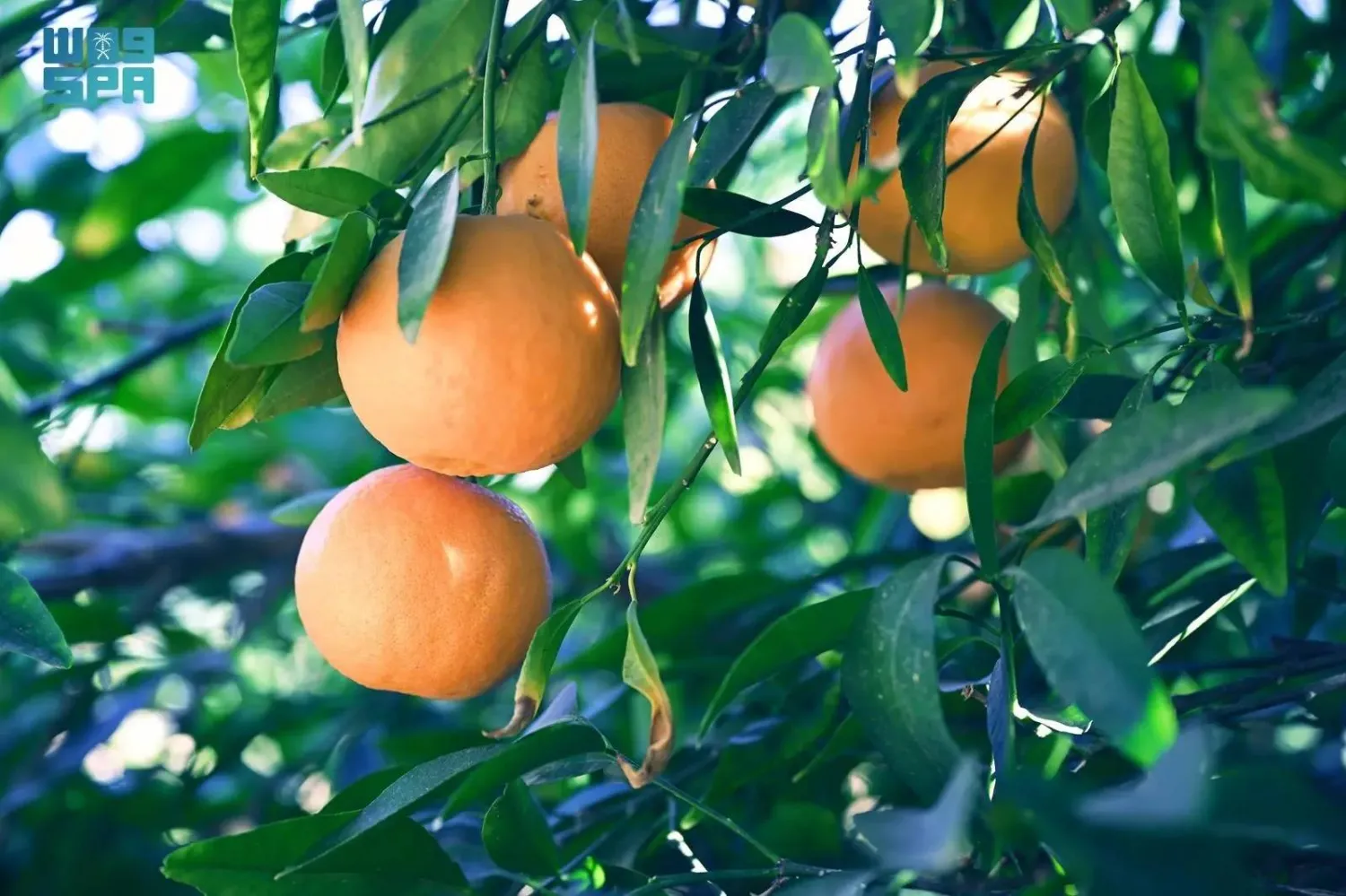Oil prices extended gains on Thursday, after rising a dollar a barrel in the prior session, as investors braced for a worsening of the Middle East crisis, potentially involving Iran, the third-largest oil producer in OPEC.
Brent crude futures advanced by 30 cents, or 0.3%, to $90.78 a barrel by 0325 GMT, while US West Texas Intermediate crude futures rose 25 cents, or 0.3%, to $86.46 a barrel, Reuters reported.
Both contracts rose more than 1% in the prior session after three sons of a Hamas leader were killed in an Israeli airstrike in Gaza, feeding worries that ceasefire talks between the two sides might stall. Earlier this week, Israel and Hamas began a fresh round of negotiations in their more than six-month-old Gaza war but those discussions have yielded no agreement.
"Prices remain sensitive to geopolitical developments in the Middle East, with market participants pricing for the risks of supply disruptions if tensions were to drag for longer," said Yeap Jun Rong, market strategist at IG.
"This aids to offset some risk-off sentiments overnight, as markets recalibrate their rate expectations to price out a June rate cut and for rates to be kept high for longer until September," added Yeap, referring to US interest rates.
Higher-for-longer rates could dampen economic growth and suppress demand for oil.
Minutes from the US Federal Reserve showed officials worried that progress on inflation might have stalled and a longer period of tight monetary policy would be needed to tame inflation in the world's largest economy.
Investors who had earlier expected a rate cut in June now see September as a likelier timing for the easing cycle to begin, following a third straight stronger-than-forecast reading on consumer inflation.
Yeap added that oil's upward trend may persist as the Middle East geopolitical situation remains tricky.
The region is on alert for possible Iranian retaliation over a suspected Israeli airstrike on Iran's embassy in Syria at the start of the month. A Bloomberg report on Wednesday said the US and its allies believe major missile or drone strikes by Iran or its proxies against Israel are imminent.
US Secretary of State Antony Blinken has told Israeli Defense Minister Yoav Gallant that the United States will stand with Israel against any threats by Iran, the US State Department said later on Wednesday.
"The market has become increasingly concerned that the Israel-Hamas war could escalate across the Middle East, putting oil supply at risk," ANZ analyst Daniel Hynes said.
Oil traders will also be looking out for a monthly oil market report from the Organization of the Petroleum Exporting Countries (OPEC) due later on Thursday, and the International Energy Agency's oil market report due on Friday.
Oil Extends Gains on Escalation in Middle East Tensions

A pump jack lifts oil out of a well during a sandstorm in Midland, Texas, US, April 13, 2018. Picture taken April 13, 2018. (Reuters)

Oil Extends Gains on Escalation in Middle East Tensions

A pump jack lifts oil out of a well during a sandstorm in Midland, Texas, US, April 13, 2018. Picture taken April 13, 2018. (Reuters)
لم تشترك بعد
انشئ حساباً خاصاً بك لتحصل على أخبار مخصصة لك ولتتمتع بخاصية حفظ المقالات وتتلقى نشراتنا البريدية المتنوعة







